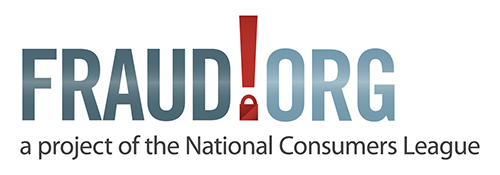The Year in Fraud: 2023
As 2023 comes to a close, we would like to highlight some notable developments in fraud that occurred this year. From alarming developments in scammers’ abilities to facilitate crimes, to new safeguards against fraud on Zelle, here are a few significant updates on the year that was in fraud.
AI-facilitated phishing
With the public availability of generative artificial intelligence, such as text-writing chatbots and voice cloning software, we have seen red flags regarding fraudsters’ misuse of these tools. Generative AI can allow scammers to create targeted and believable phishing messages in minutes. Normally, creating tailored attacks would take humans hours due to the time it takes to learn enough about the target. This is worrying given the higher rate of success attributed to individualized phishing attempts like these compared to generic ones.
There was a 1,265% increase in phishing emails this year. This higher tempo of attacks combined with greater personalization requires more strict evaluation of incoming messages. Carefully check that the sender is a trusted contact—just one letter difference is a warning sign that they are an imposter. If you receive a requst for personal information, contact who you believe the sender is via another method you have previously used to communicate (such as text message or a phone call) and check that it is really them making the request. Lastly, just because an incoming message contains your full name, workplace, or other details does not mean it is genuine.
Crypto ATMs as vectors of fraud
In 2023, there were 69,000 cryptocurrency ATMs in the United States—more than triple the number that were available in 2020. These kiosks seem straightforward, allowing consumers to deposit cash in exchange for cryptocurrency. Unfortunately, scammers have been taking advantage of the public’s general unfamiliarity with the machines (and crypto itself), exploiting victims and coaching them to unknowingly deposit cash into the criminals’ wallets. To make matters worse, crypto ATM operators often place their kiosks in marginalized and underserved communities, with little-to-no visible warnings regarding the risks involved with using one of the machines.
Fraud.org does not encourage consumers to use cryptocurrency as an investment tool given its volatility and lack of consumer protections. This advice still holds true with crypto ATMs. Do not deposit cash in these machines if someone over the phone is asking you to do so. Also, you should not deposit money into a crypto kiosk if you do not already have the relevant cryptocurrency wallet. If you do so, you will likely lose your cash. The safest place to store your cash is with a federally insured bank.
Banks institute Zelle safeguards in response to regulatory pressure
Consumers have been losing hundreds of millions of dollars each year to fraud committed through Zelle. In spite of these losses, banks resisted implementing basic safeguards, leaving most individuals with no way to get their money back if stolen by a criminal. Now, following media coverage and pressure from policymakers, the 2,100 banks enrolled in Zelle’s network have begun reimbursing victims of imposter scams who used Zelle to send money to fraudsters. These crimes typically involve a scammer posing as a government official, bank employee, or a similar figure who then demands payment from victims.
Even though these banks have taken a step in the right direction, the full boundaries of their reimbursement protections are not public. Also, payments sent in error (either an incorrect amount or wrong recipient) still lack refund protections. It is safest to continue taking steps to minimize scammers’ ability to defraud you. Avoid paying for commercial goods and services over Zelle. Paying with a credit card or an online marketplace’s payment system often includes the greatest refund protections. Remember that government officials and banks will never ask for payment through Zelle.
If you need to send money to someone over a payment platform, have the recipient request the money from you in the app. Fulfilling a contact’s request minimizes the chances of accidentally sending the wrong amount of money or sending cash to the wrong person.






